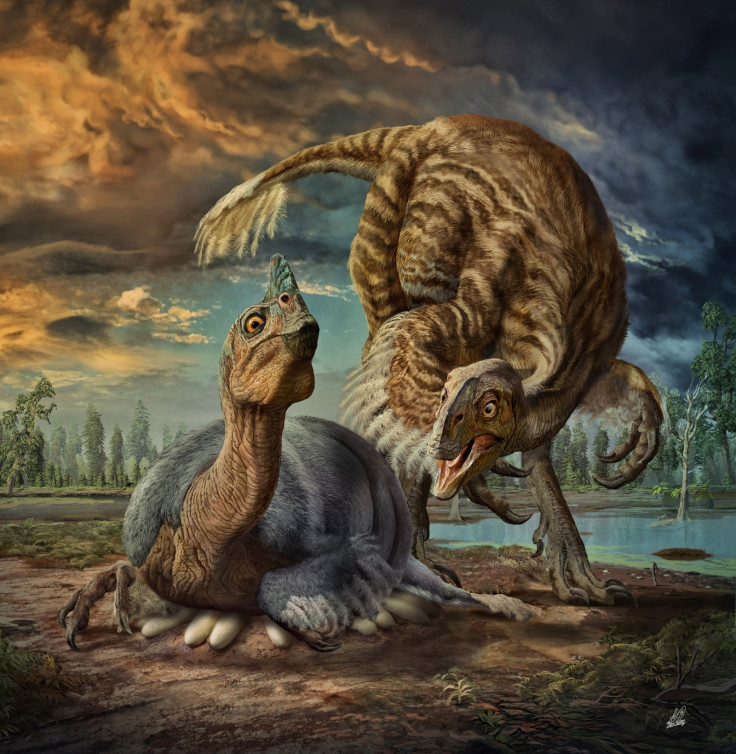Smuggled dinosaur embryo 'Baby Louie' identified as entirely new giant bird-like species
The Baby Louie fossil was discovered more than two decades ago in China.

A tiny fossilised dinosaur embryo affectionately nicknamed 'Baby Louie' may have belonged to a new species of dinosaurs – one that scientists have just discovered.
Described in the journal Nature Communication, it is believed to be a novel species of bird-like dinosaurs (caenagnathid oviraptorosaurs).
In the late 1980s and early 1990s, many dinosaur eggs dating from the late Cretaceous (89–100 million years ago) were unearthed in China. Inside some of them, beautifully preserved fossilised embryos were identified.
Baby Louie is one of such fossils and perhaps the most significant. It is the only skeleton associated with a clutch of the largest dinosaur eggs ever discovered – some of which reached 61cm in length.
Chinese baby dragon
What is the mystery species that laid these eggs? Scientists have been unable to answer this question. Baby Louie is key to finding out more, as this new research suggests.
By the late 1990s scientists had already identified that the fossil was an oviraptorosaur but they failed to identify a specific species.
Shortly after it was discovered the specimen was illegally imported into the US. The Indianapolis Children's Museum acquired it in 2001 with the intention of to repatriating it to China in the future.
However reaching an agreement was longer than expected, and the fossil was only returned to the China in 2013, allowing the researchers to resume their analyses of Baby Louie.
In the present study, the scientists describe the baby dinosaur's morphology in details. The size, posture, and other features of the skeleton confirm it was immature (still an embryo) at the time of death.

Comparing it to other types of previously described dinosaur species – including other types of bird-like dinosaurs – the scientists determined that Baby Louis belongs to an entirely new species of caenagnathid oviraptorosaurs.
They named this species Beibeilong sinensis, which translates to the 'Chinese baby dragon'.
Although Baby Louie is only 38 cm long from its snout to the base of its tail, it is believed that Beibeilong sinensis was not particularly small when it reached adulthood. Indeed, a previous study had estimated that dinosaurs from these eggs could reach over one tonne (around 1000kg) as adults.
Since many similar large dinosaur eggs have been recovered in China, it is likely this newly identified species was relatively widespread in the Late Cretaceous, even though skeletal remains are scarce.
© Copyright IBTimes 2025. All rights reserved.






















